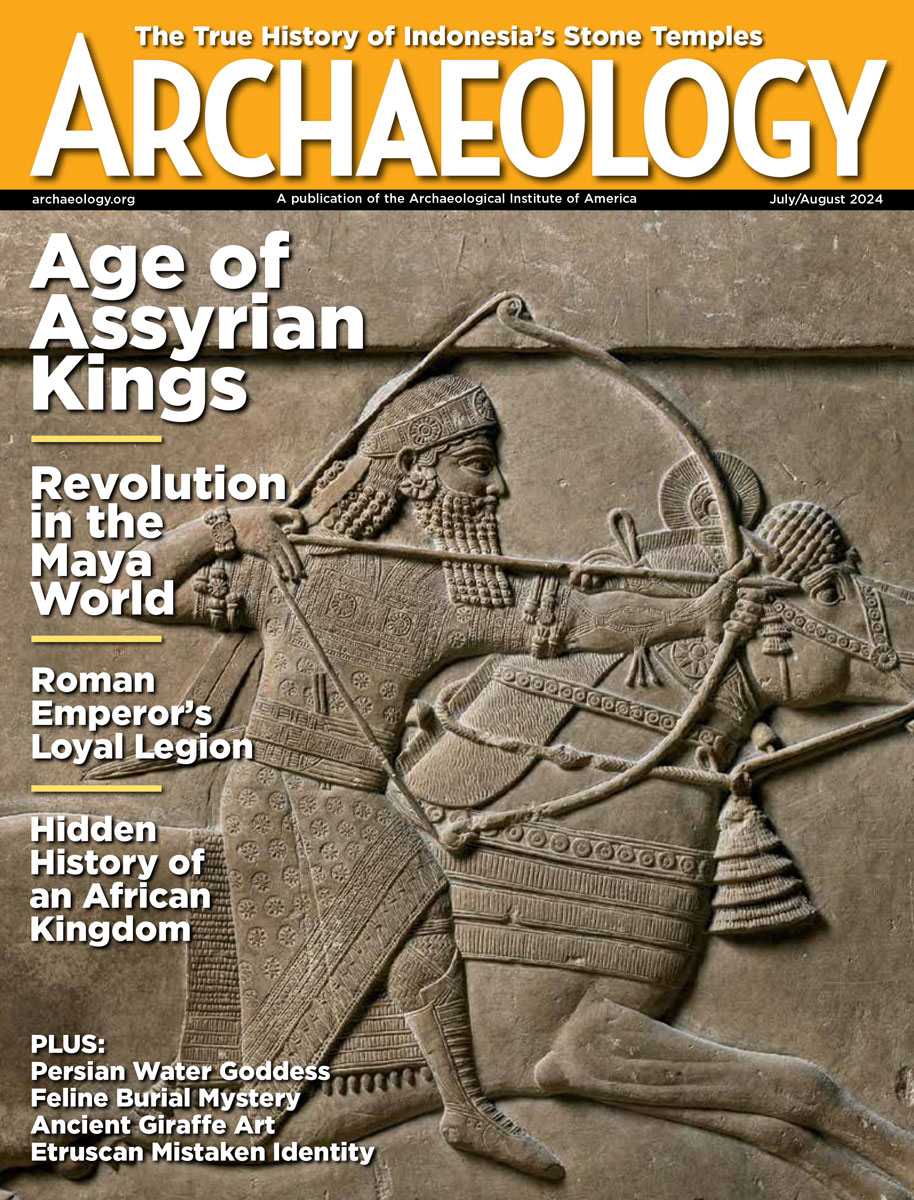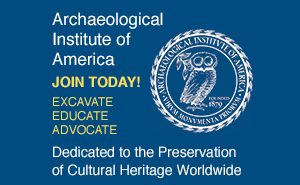Tuesday, January 15
January 15, 2008
A 6,000-year-old engraved megalith uncovered at Lismullin, in Ireland’s County Meath, was moved from the path of the M3 highway. The stone had been reused as building material during the medieval period in an underground, defensive structure. Lismullin was listed as one of ARCHAEOLOGY’s top ten discoveries of 2007, as noted at the end of the article.
The debate over the origin of syphilis has been revived by a genetic study of Treponema pallidum bacteria from around the world. Evolutionary biologist Kristin Harper of Emory University thinks a subspecies of the disease traveled to the Old World with Christopher Columbus and his men, and then quickly evolved into a venereal disease in the cooler climate. “All we can say is the ancestor of syphilis came from the New World, but what exactly it was like, we don’t know,” she said.
The government of Guatemala will open the Maya city of Mirador to tourists. The site is currently only accessible by helicopter or a two-day hike through the Peten jungle.
Laborers digging a hole for a construction project in Orissa, India, uncovered a headless statue of Ganesha, a statue of Buddha, a brick wall, inscribed stones, and plenty of pots. The workers kept digging until nearby villagers heard about the discovery and stepped in.
Here’s a little more information on the brick tombs discovered in southwest China. The elite tombs date from the Eastern Han Dynasty (25 A.D. to 220 A.D.) through the Western Jin Dynasty (265 to 316 A.D.), and contain pottery, jade, and “metal receptacles.”
- Comments Off on Tuesday, January 15
Monday, January 14
January 14, 2008
The Phoebe A. Hearst Museum at the University of California, Berkeley, has the remains of some 12,000 American Indians, and some 400,000 artifacts, in its collections. The museum says that 80 percent of the bones are unaffiliated with federally recognized tribes, and that the bones of about 260 individuals have been repatriated under NAGPRA. “We don’t appreciate them keeping our ancestors locked up in a drawer,” commented Ted Howard, cultural resources director of the Shoshone-Paiute tribes.
The discovery of ancient mitochondrial DNA in quids, the yucca fibers chewed by “Native Southwesterners” between 800 and 2,400 years ago, is in the news again. This was the first time that DNA was extracted from artifacts rather than human remains.
A royal bronze coffin was reportedly found within a marble-walled tomb in Yemen.
Writer Chris Welsch returns to Athens after 20 years and marvels at the changes.
Archaeologists have been hired to collect information on the JB-2 missile launch sites on Florida’s Santa Rosa Island. The sites were built in 1944 to test the American version of guided missile technology.
A second-century A.D. stone bridge has been reconstructed near the Roman fort and supply base at Corbridge in northeastern England. The bridge once crossed the Tyne and “would have been a magnificent entry point to the Hadrian’s Wall area,” said Paul Bidwell of the Tyne and Wear Museum.
Sonar, underwater cameras, and scanning equipment will be used to study the medieval city of Dunwich, also known as “Britain’s Atlantis,” off the coast of Suffolk.
Concerned citizens saved the carved stone head of a medieval bishop from a pile of rubble in Ireland’s County Galway.
In Norway, archaeologists have uncovered a 2,000-year-old gold ring.
- Comments Off on Monday, January 14









